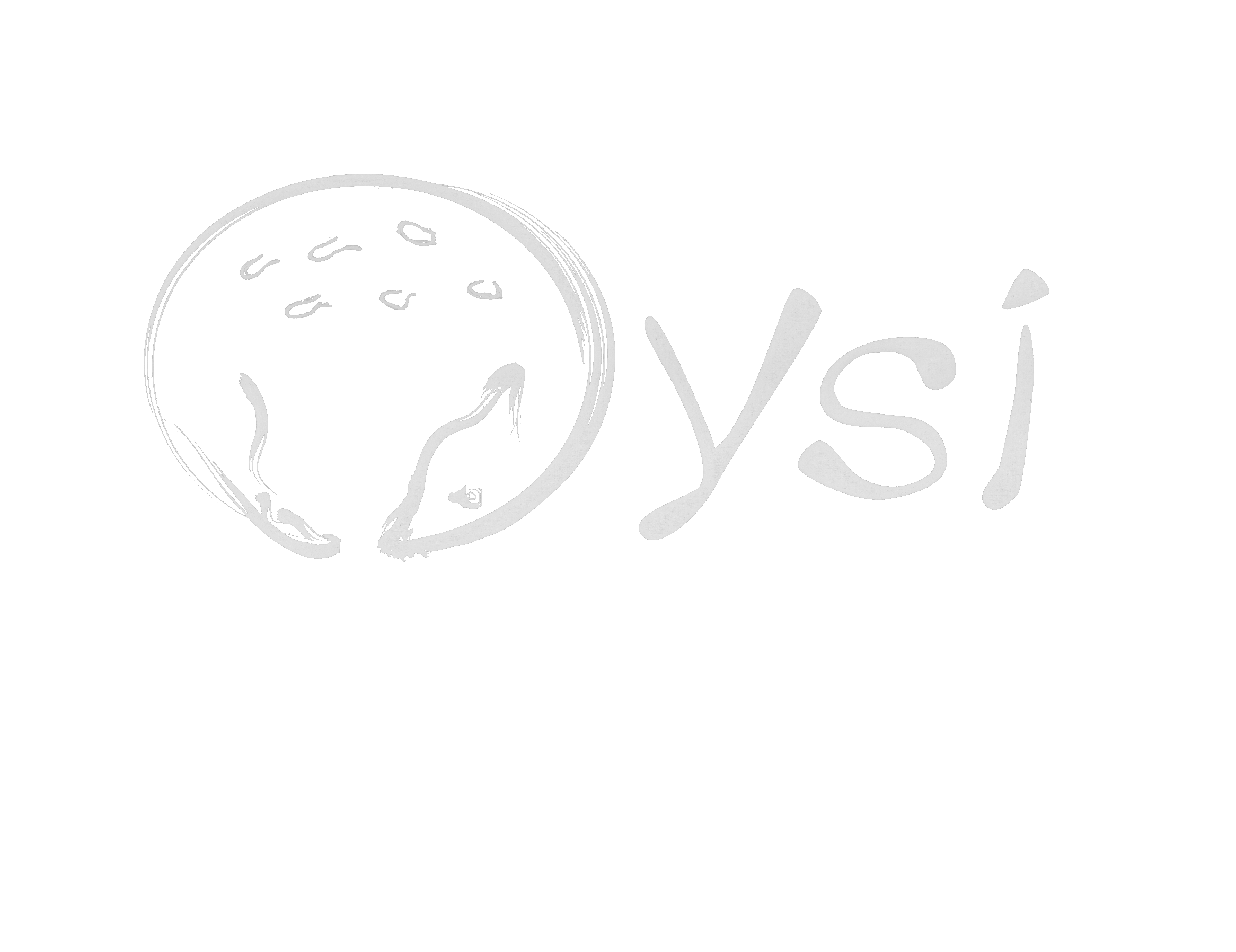Poiesis
DESCRIPTION
Share +Martin Heidegger refers to it as a 'bringing-forth' (phusis as emergence), using this term in its widest sense. He explained poiesis as the blooming of the blossom, the coming-out of a butterfly from a cocoon, the plummeting of a waterfall when the snow begins to melt. The last two analogies underline Heidegger's example of a threshold occasion: a moment of ecstasis when something moves away from its standing as one thing to become another. (These examples may also be understood as the unfolding of a thing out of itself, as being discloses or gathers from nothing [thus nothing is thought also as being]). Additional example: The night gathers at the close of day.
"Autopoiesis" (from Greek αὐτo- (auto-), meaning "self", and ποίησις (poiesis), meaning "creation, production") refers to a system capable of reproducing and maintaining itself. The term was introduced in 1972 by Chilean biologists Humberto Maturana and Francisco Varela to define the self-maintaining chemistry of living cells. Since then the concept has been also applied to the fields of systems theory and sociology.

